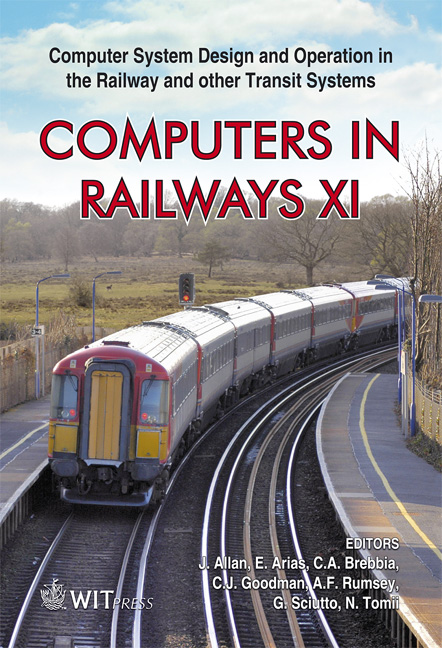Fast Estimation Of Aggregated Results Of Many Load Flow Solutions In Electric Traction Systems
Price
Free (open access)
Transaction
Volume
103
Pages
13
Page Range
411 - 423
Published
2008
Size
303 kb
Paper DOI
10.2495/CR080411
Copyright
WIT Press
Author(s)
L. Abrahamsson & L. S¨oder
Abstract
Transports on rail are increasing and major railway infrastructure investments are expected. An important part of this infrastructure is the railway power supply system. The future railway power demands are naturally not known for certain. This means investment planning for an uncertain future. The more remote the uncertain future, the greater the amount of scenarios that have to be considered. Large numbers of scenarios make time demanding (some tens of minutes, each) simulations less attractive and simplifications more so. The aim of this paper is to present a fast approximator that uses aggregated traction system information as inputs and outputs. This facilitates studies of many future railway power system loading scenarios, combined with different power system configurations, for investment planning analysis. Since the electrical and mechanical relations governing an electric traction system are quite intricate, an approximator based on neural networks (NN), is applied. This paper presents a design suggestion for a NN estimating power system caused limits on active and reactive power load, i.e., limits on the levels of train traffic. Keywords: railway, neural networks, load flow. 1 Introduction For environmental and economic reasons, in Sweden and the rest of Europe, both personal and goods transports on rail are increasing. Therefore major railway infrastructure investments are expected. An important part of this infrastructure is the railway power supply system. One phase low frequency AC railway power supply systems are normally connected to the normal 50 Hz power system through frequency converters, see Figure 1.
Keywords
railway, neural networks, load flow.





